By visiting our site, you agree to our privacy policy regarding cookies, tracking statistics, etc.
Food cost is a big deal for any restaurant, and getting it right is key to running a successful operation. It’s more than just adding up the price of ingredients—it’s about finding that sweet spot where dishes are not only mouthwatering but also make financial sense. Keeping track of how much each dish costs to make helps in setting the right menu prices and spotting areas where savings can be found. By staying on top of food costs, restaurants can keep their budgets in check and ensure every meal is a win for both the kitchen and the overall success of the business.
Think of this guide as a tool for mastering food cost management, packed with essential strategies and practical tips to help navigate the challenges and keep a restaurant’s finances in check.
Food cost percentage is a key number for any restaurant, showing what portion of revenue goes toward ingredients. Since food is often one of the largest expenses, understanding this percentage is one of the most important steps in managing your budget.
To determine it, compare the total cost of ingredients used to your total food sales. This comparison reveals whether you’re spending too much or too little on food. Many restaurant owners find it challenging to track food costs in real time and often make decisions based on gut feelings rather than detailed data.
Keeping a close eye on food cost percentage allows for more informed decisions about pricing and menu adjustments. Even small data-driven changes can make a big difference in profitability and guest satisfaction.
To figure out your food cost percentage, start by noting all the food supplies you have at the beginning of the week and their costs—this is your beginning inventory. Keep track of any additional purchases made throughout the week. Then, at the end of the week, take inventory again to find out the ending inventory.
Here’s a simple way to calculate food cost percentage:

Keeping this percentage around 25% or lower can help manage expenses more effectively while still maintaining high quality. Even a slight reduction in this percentage can boost your bottom line. For more detailed insights, break down the costs per menu item, which allows you to make precise adjustments that improve both cost efficiency and customer satisfaction.
Keeping track of ingredient costs may not be the most fun part of operating a restaurant, but it’s a crucial step in staying profitable. Start by figuring out how much each ingredient costs. For example, for a case of lettuce, determine the cost per head. Then, see how that cost affects the price of your dishes, whether it’s a salad or a burger.
With food prices constantly on the rise, it’s more important than ever to track these costs. Manually keeping tabs can be a pain, but a Restaurant Enterprise Management (REM) system can simplify things. It updates ingredient prices automatically, generates detailed reports, and syncs with your accounting tools.
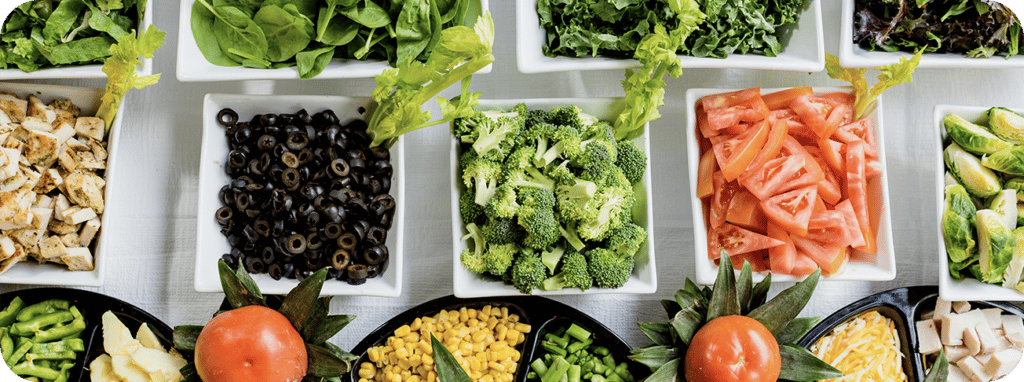
Such a system helps you stay on top of ingredient costs and catch any costly price changes or vendor substitutions. This means you can make smart decisions about adjusting menu prices or changing suppliers. By keeping a close watch on ingredient costs and using reliable data, restaurant operators can manage budgets better, increase profitability, and keep delivering great dishes.
Tracking your average monthly food cost is essential for keeping your budget in check and increasing profits. Start by adding up all expenses for food and drinks, including things like ingredients and waste. Then, compare this total to your monthly sales to see what percentage of revenue goes toward food.
Keeping an eye on these numbers on an ongoing basis helps spot problems early and make smart changes. It’s a simple way to ensure resources are used effectively and to increase the restaurant’s profitability.
Tracking your average monthly food cost is essential for keeping your budget in check and increasing profits. Start by adding up all expenses for food and drinks, including things like ingredients and waste. Then, compare this total to your monthly sales to see what percentage of revenue goes toward food.
Keeping an eye on these numbers on an ongoing basis helps spot problems early and make smart changes. It’s a simple way to ensure resources are used effectively and to increase the restaurant’s profitability.

Now that we’ve covered food cost percentage basics, let’s explore what makes for a good percentage. Generally, aiming for a food cost percentage between 28% and 33% is ideal. However, this can vary depending on the restaurant type. Quick-service spots often fall on the lower end of this range due to simpler menus and lower ingredient costs, while fine dining establishments may push toward the higher end because of their use of premium ingredients.
Understanding food cost percentage is key to keeping a restaurant profitable. It’s like having a financial guide that helps balance ingredient costs with menu pricing. This metric can reveal whether price adjustments or menu tweaks are needed to ensure dishes are both popular with guests and financially sound.
Understanding the difference between actual and theoretical food costs is another major step in managing expenses. Theoretical cost is what you expect to spend based on standard recipes and portion sizes. Actual cost is the real amount spent, including any waste or mistakes. Ideally, actual cost will match theoretical cost, meaning you’re on top of portion control and waste. If there’s a big difference, it usually points to issues like over-portioning, inefficiencies in the kitchen, and potentially theft.
If, for example, a food cost percentage goal is set at 31% but the actual cost comes in at 33.3%, it might seem like there’s overspending. However, if the theoretical cost is 32.9%, the difference is just 0.4%, indicating that ingredient use is relatively efficient. Conversely, if another location shows an actual cost of 31.5% with a theoretical cost of 29%, the 2.5% gap suggests more significant inefficiencies or waste.
It’s important to note that looking only at actual food costs doesn’t provide a complete picture. Factors like staff performance, local ingredient prices, and menu changes can all affect actuals. By keeping an eye on the variance between actual and theoretical costs, you can spot where things are going wrong and make adjustments to improve profitability.
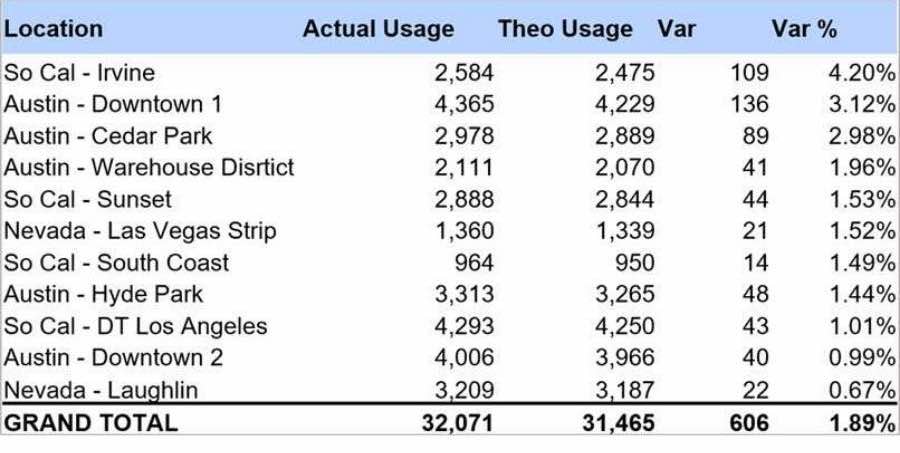
Recipe costing and food costing might sound similar, but they play different roles in running a successful restaurant. Recipe costing zeroes in on the cost of every single ingredient in a dish, adding up the price of everything that goes into making one serving. This detailed view helps pinpoint the exact expenses tied to each dish, giving a clear picture of ingredient costs and helping to manage spending more effectively.
Food costing, however, looks at the bigger picture. It’s about figuring out the total cost of each dish to set a menu price that ensures a profit. Understanding these costs helps in pricing dishes to cover expenses and reach profit goals.

Both are crucial for effective menu management. While food cost percentages generally fall between 28% and 32%, the ideal percentage can vary depending on the restaurant type and location. By carefully managing both recipe and food costing, a restaurant can ensure that every menu item contributes to profitability while keeping food costs under control.
The restaurant business is a delicate balance between delighting guests and maintaining a healthy bottom line. But when food and labor costs spiral out of control, it’s easy to compromise on quality or raise prices (which 82% of restaurant operators did in 2023), potentially alienating loyal guests.
Mastering the art of food cost management isn’t just about saving money—it’s about ensuring your business survives and thrives amidst the industry’s inherent volatility. By implementing these cost-control measures, you can minimize waste, optimize inventory, and achieve significant savings.
Are soaring food prices making you sweat? Actively monitoring inventory can reveal hidden opportunities to safeguard profits.
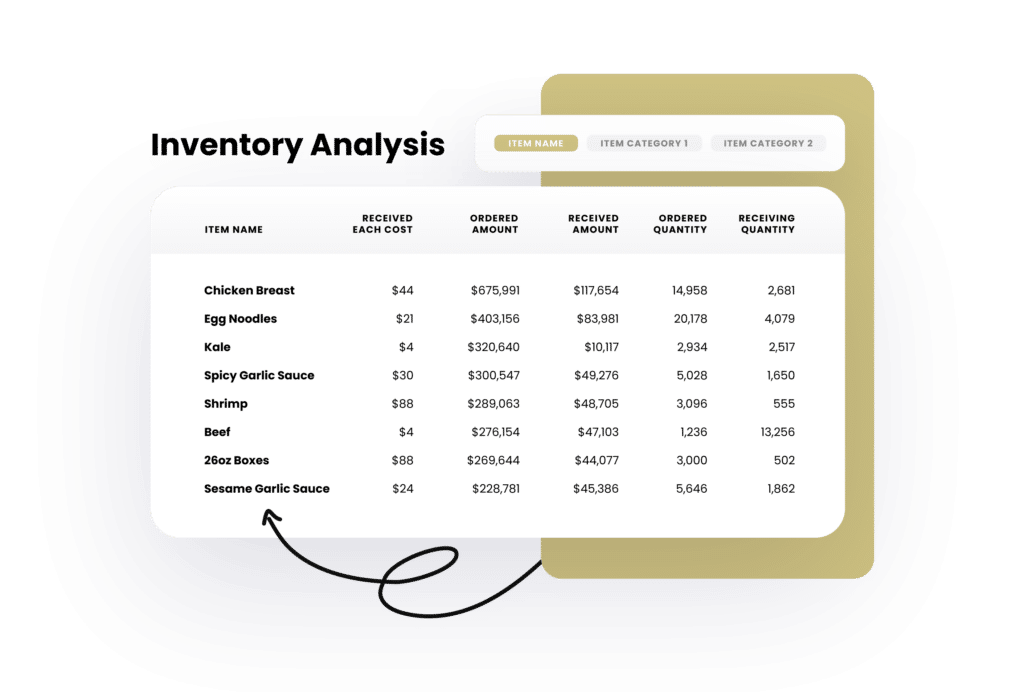
The path to profitability starts with recipe costing. By breaking down the cost of every ingredient, you can pinpoint areas for optimization—whether that’s exploring alternative suppliers, adjusting portion sizes, or making subtle ingredient substitutions.
Restaurant management software equipped with recipe costing features can streamline this process by automating calculations, tracking ingredient prices, and analyzing a menu’s profitability. The result? A menu that’s both delicious and financially sound.
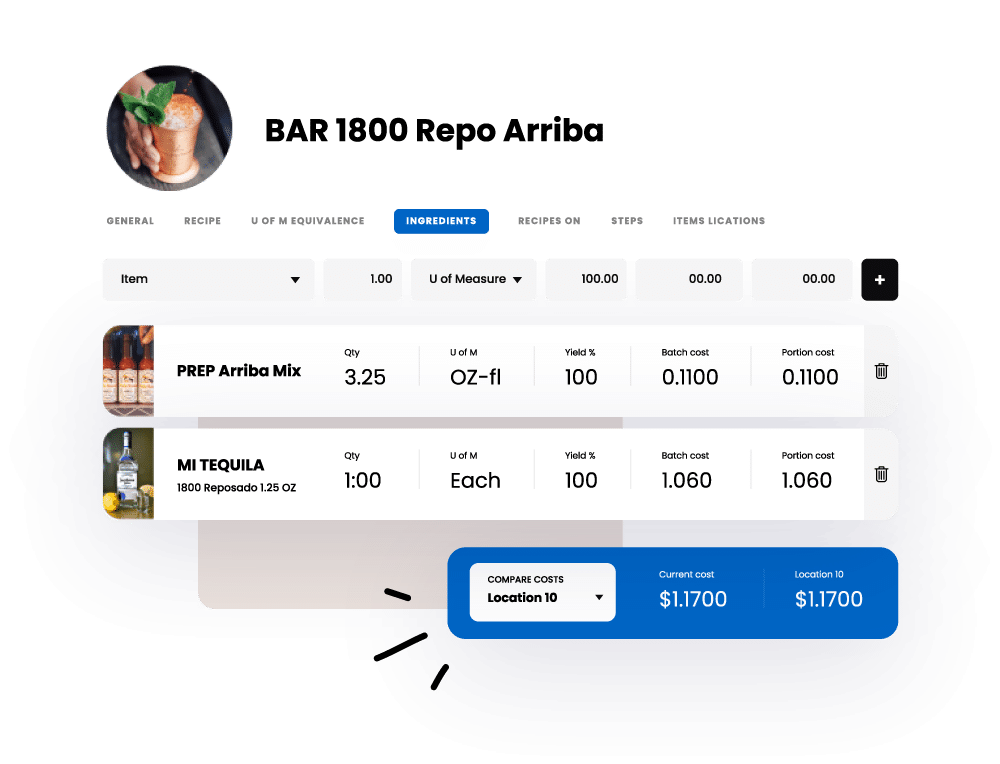
Think your kitchen staff is just here to cook? Think again. Their everyday actions, from prep to plating, are key to controlling food costs and boosting restaurant profitability.
Don’t let outdated methods hold you back. Technology offers restaurateurs a powerful arsenal of tools to combat rising food costs.
Strategic menu pricing can be the difference between a restaurant that’s a must-visit destination and one struggling to keep its doors open. It’s a delicate balancing act, where you must entice guests with appealing prices while ensuring the business remains profitable.
From staffing shortages to sudden surges in demand, the restaurant industry is full of surprises. With forecasting, you can stay one step ahead. That explains why 41% of restaurants plan to roll out AI sales forecasting in 2024.
Forecasting involves estimating future sales, customer traffic, and menu item popularity based on historical data and market trends. By accurately predicting demand, you can ensure optimal staffing levels, minimizing labor costs without sacrificing customer service. Similarly, forecasting inventory needs helps prevent overstocking and waste, keeping food costs down.
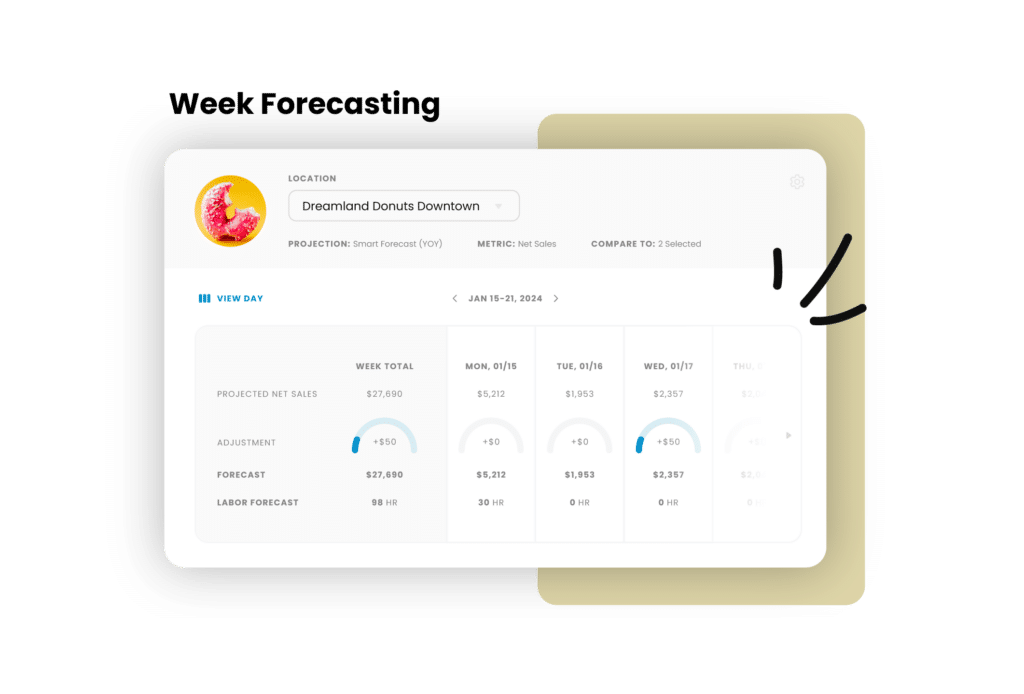
Food waste isn’t just bad for the planet; it’s bad for profits—85% of unused food and ingredients in American restaurants get tossed. By actively tracking and addressing waste in the kitchen, you can reduce costs, minimize environmental impact, and even boost your brand’s reputation as a sustainable business.

With food costs on the rise, it’s time to take a closer look at vendor contracts. Are you getting the best possible prices? Are there opportunities to negotiate better terms or explore alternative suppliers?
Regularly reviewing vendor contracts is an essential step in managing food costs. Look for price discrepancies, hidden fees, or opportunities for volume discounts. Consider comparing prices from different vendors or exploring local suppliers for certain items. More importantly, don’t be afraid to renegotiate contracts if you find better deals elsewhere.
Menu engineering isn’t just about creating an attractive menu; it’s a strategic tool to boost profitability. By understanding the interplay of food costs, popularity, and pricing, you can subtly guide customer choices toward higher-margin items.
Start by analyzing your menu mix to identify the “stars” (high-profit, high-popularity dishes) and the “puzzles” (high-profit but low-popularity items). Then, strategically showcase these items on the menu, using enticing descriptions and visual cues to draw attention. Mouthwatering descriptions can pique interest and entice customers to try high-margin dishes, while featuring these items prominently can positively impact their perceived value and overall appeal.
Don’t forget to evaluate underperforming items and consider adjusting prices or portion sizes to boost their profitability as well. Just because they’re not currently popular doesn’t mean they can’t be improved or become profitable with some tweaks.
Managing food costs effectively is not just a nice-to-have—it’s mandatory for sustaining profitability and delivering a quality dining experience. By implementing the strategies outlined in this guide, you can take control of food costs, reduce waste, and ensure that every dollar spent is contributing to the bottom line.
From back-of-house restaurant technology to menu engineering, these proactive steps will help your restaurant not just survive, but thrive in a challenging market.
See why more than 40,000 restaurants use Restaurant365
In conclusion, mastering food cost percentage is crucial for maintaining a restaurant’s profitability and long-term success. By regularly monitoring this metric and adjusting menu items or pricing as needed, restaurant owners can ensure their offerings strike the right balance between quality and cost-efficiency. Whether you run a quick-service spot or a fine dining establishment, keeping a close eye on your food cost percentage helps ensure that your business remains competitive and financially sustainable while still delivering a great experience to your customers.
Share this blog:
500 Technology Drive, Suite 200
Irvine, CA 92618
Westech 360
8911 N Capital of Texas Hwy
Building 1, Suite 1200
Austin, TX 78759
Restaurant365 bridges the gap between accounting and operations by centralizing all data, helping restaurant operators to become more efficient, accurately forecast, and tackle any challenge or opportunity with speed and accuracy.